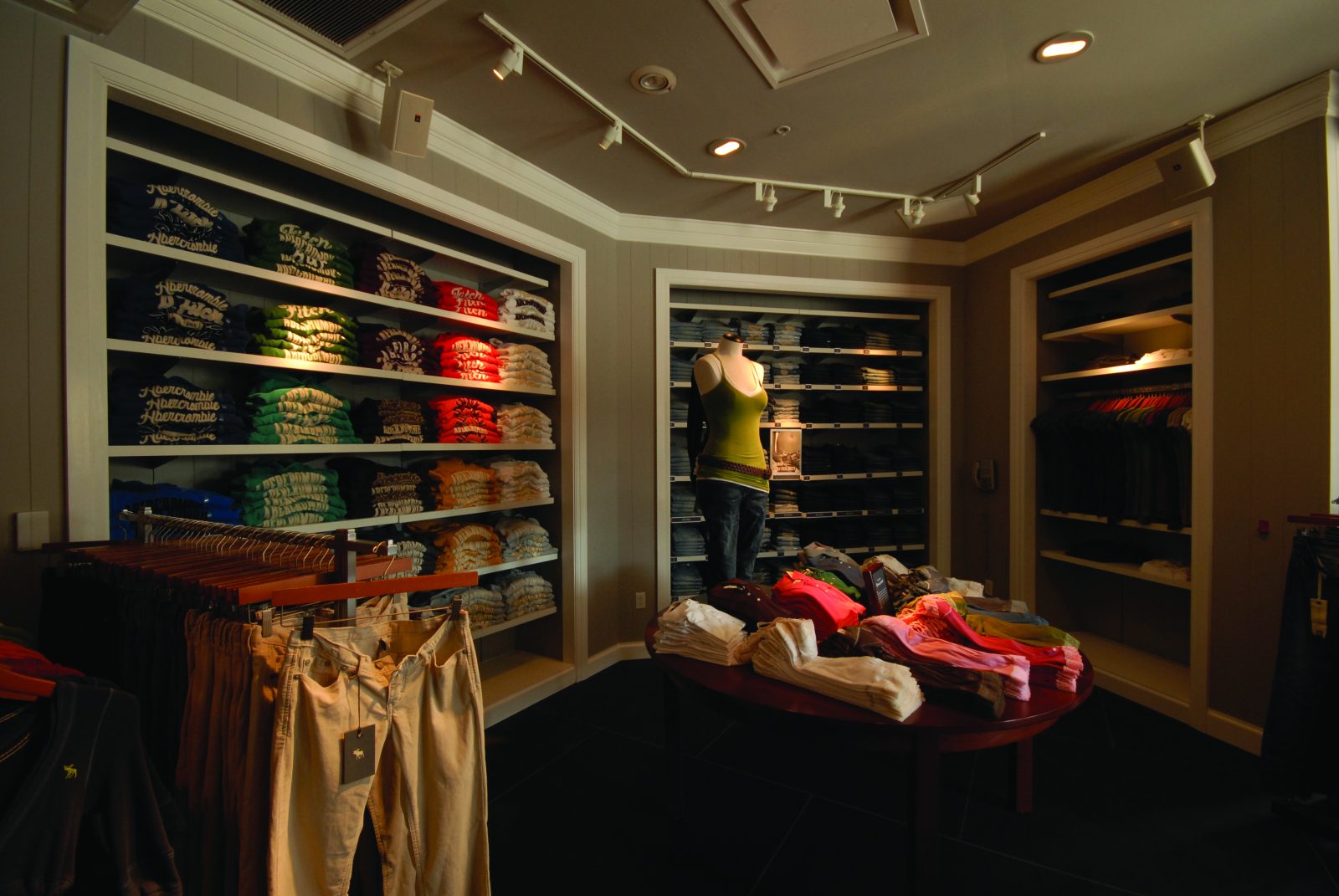When it comes to designing a retail space that is both functional and visually appealing, wall systems play a crucial role. These versatile fixtures do more than just display merchandise—they help organize the space, enhance customer experience, and support the overall branding of a store. In this post, we’ll break down the anatomy of a retail wall system, exploring its key components, materials, and common applications.
Key Components of a Retail Wall System
Retail wall systems are modular by design, offering flexibility and customization to suit various retail needs. Here are the essential components:
1. Wall Panels or Back Panels
These are the foundation of any retail wall system. Wall panels serve as the backdrop for fixtures and can be decorative or functional. Options include:
- Slatwall panels – grooved panels that accept various accessories.
- Gridwall panels – wire panels that allow for adjustable shelving.
- Pegboard panels – perforated hardboard for pegs and hooks.
2. Mounting Hardware
Hardware such as brackets, rails, and uprights are used to secure the panels to the wall and support other elements like shelves or hooks.
3. Shelving and Fixtures
These include shelves, baskets, bins, faceouts, and hooks. They are interchangeable and can be easily moved or replaced based on changing inventory.
4. Lighting Elements
Integrated lighting, such as LED strips or spotlights, is often added to highlight key products and enhance visibility.
5. Signage and Branding Displays
Top-mounted signs or graphic panels can add visual hierarchy, communicate promotions, or reinforce branding.
Materials Used in Wall Systems
The choice of materials affects the durability, aesthetics, and cost of a retail wall system. Here are some common materials:
- Medium-Density Fiberboard (MDF) – Widely used for slatwall and pegboard panels; cost-effective and customizable.
- Melamine or Laminate Finishes – Provide a polished look and are available in various colors, textures, and patterns.
- Metal (Steel or Aluminum) – Used for gridwalls or mounting tracks, offering strength and industrial appeal.
- Acrylic or Glass – Often used for shelving or branding panels where visibility and sleek design are priorities.
- Wood Veneer or Plywood – Adds a natural, upscale feel and is often used in boutique or specialty retail settings.
Common Uses and Applications
Retail wall systems are used across a wide range of industries due to their adaptability. Some popular applications include:
- Apparel Stores – Display clothing using hangrails, shelves, and mannequins.
- Electronics Retailers – Use pegboard or slatwall to neatly organize gadgets, cords, and accessories.
- Grocery and Convenience Stores – Wall shelving helps maximize storage and product visibility.
- Beauty and Wellness Shops – Highlight small, high-margin items like cosmetics or skincare products.
- Pop-Up Shops and Trade Shows – Lightweight and modular systems allow for easy setup and teardown.
Final Thoughts
A well-designed retail wall system is more than just a backdrop—it’s a strategic tool for visual merchandising, space optimization, and customer engagement. By understanding its anatomy—components, materials, and uses—you can create a retail environment that not only looks great but also performs well in terms of sales and flexibility.
Whether you’re outfitting a flagship store or setting up a temporary display, investing in a thoughtfully chosen wall system can elevate your retail game.


